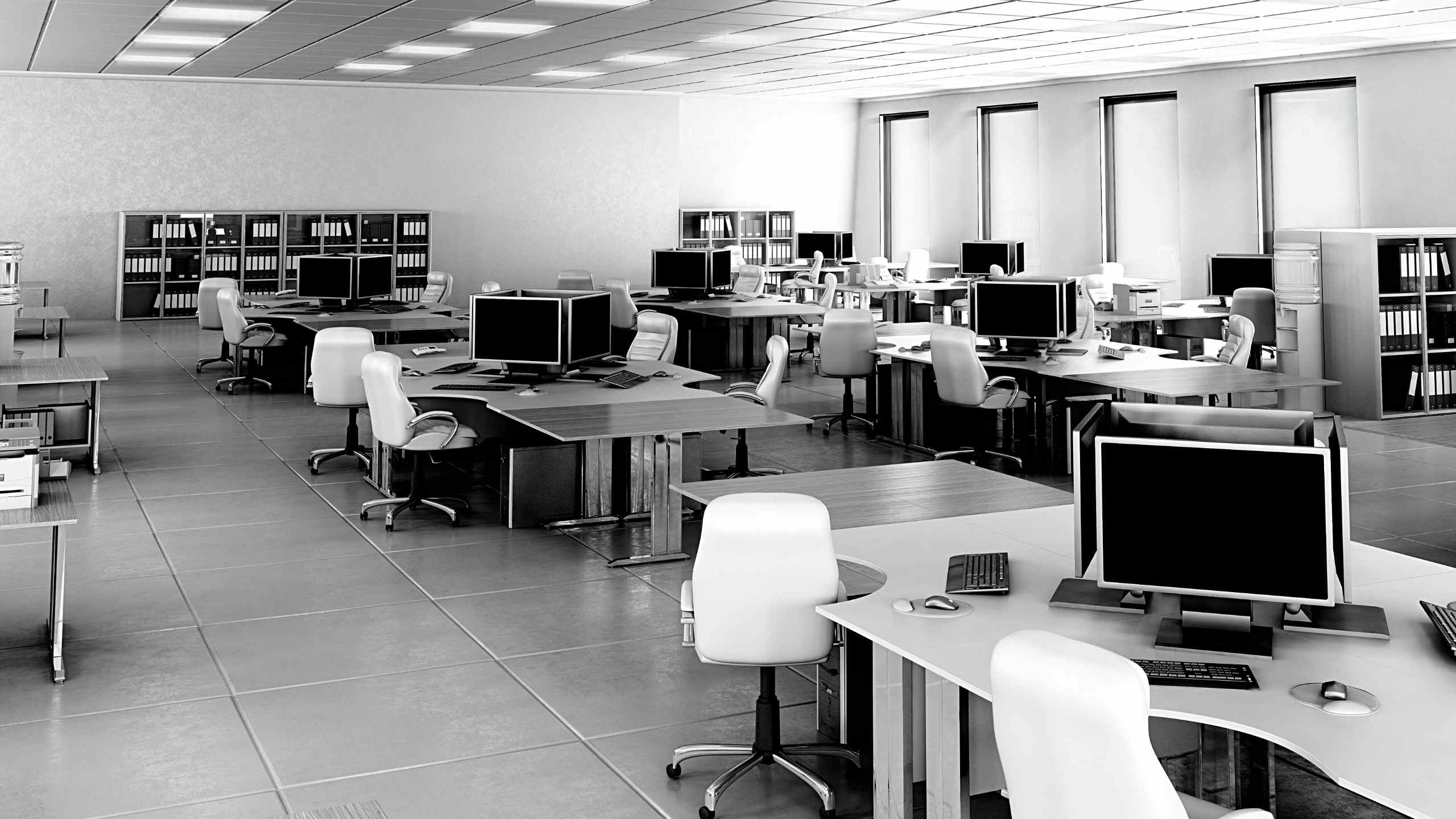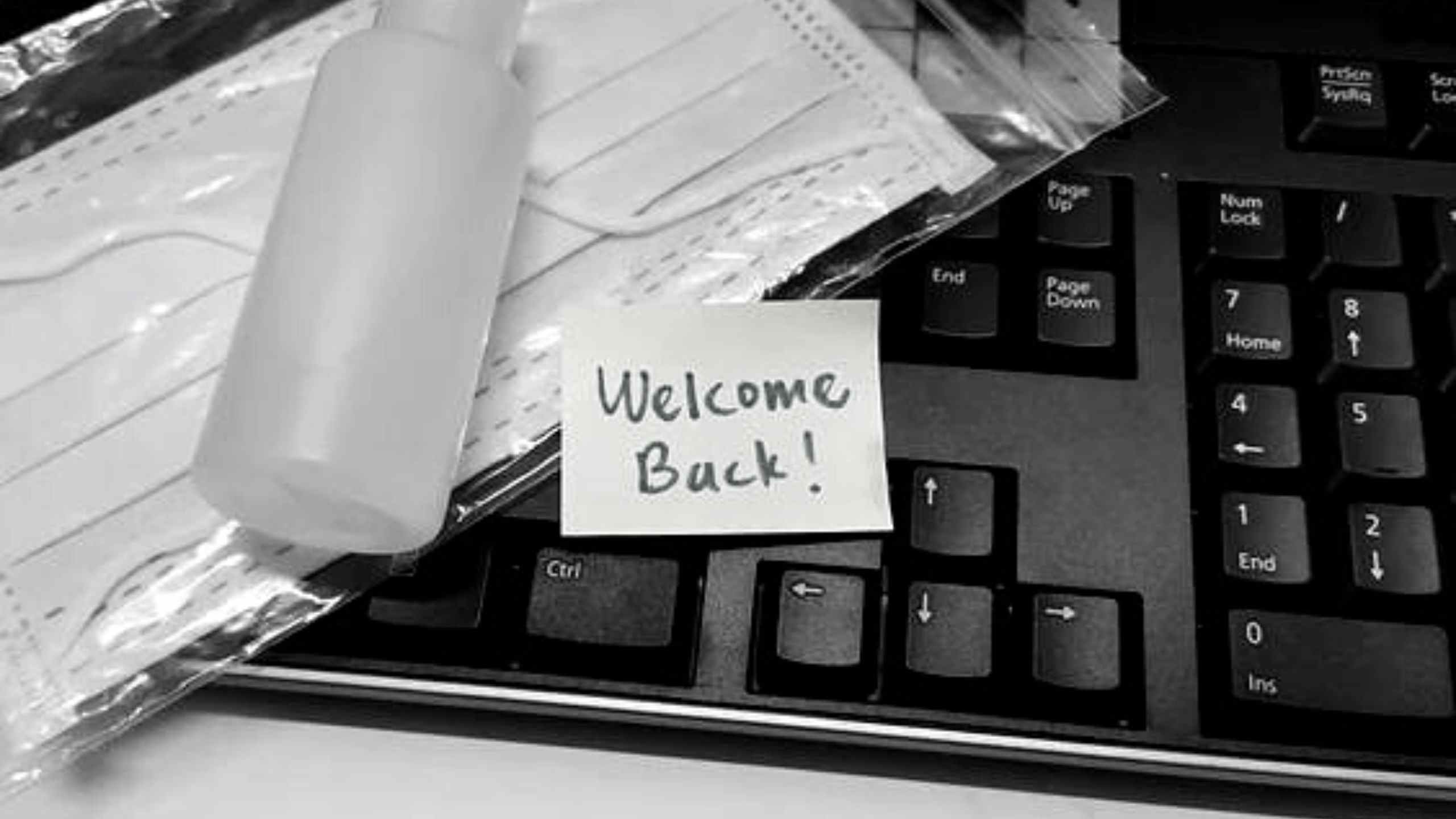The Great Recall: Navigating the Challenges of Bringing Employees Back to the Office
 The Great Recall. The numbers look horrible, and the mental state of both the leadership and employees is at a low point. Decreasing results, a sinking economy, and the waning of the pandemic are pushing desperate management to call employees back to the office and get things back on track. Is it time for the calling the employees back to the workplace?
The Great Recall. The numbers look horrible, and the mental state of both the leadership and employees is at a low point. Decreasing results, a sinking economy, and the waning of the pandemic are pushing desperate management to call employees back to the office and get things back on track. Is it time for the calling the employees back to the workplace?
In recent decades, workplace culture and work practices have undergone significant transformations. The rise of information technology, the internet, and smartphones changed the way we work and communicate, and then came the COVID-19 pandemic. The dilema between working at the office and working from home now poses challenges for management as reducing office space might be feasible, but terminating lease agreements isn’t as simple as that – without hefty penalties.
“Employees, Come Back!”
Market feedback indicates that companies are growing impatient with the realisation that employees can handle nearly everything remotely, without spending 8-10 hours a day in the office. The Excel is in full red, and both management and employees are experiencing a dip in mental well-being. Poor results, a sinking economy, and the waning of the pandemic are pushing desperate management to call employees back to the office and get things back on track.
Is it Time for the Great Recall?
Many have extolled the benefits of remote work (in certain roles – whispered quietly), but few have raised questions about what could arise with the “great recall.” In this article, we’ll explore these questions and examine potential solutions for the future.
Drawbacks of Returning to the Workplace from the Employer’s Perspective
While remote work has numerous advantages contributing to more efficient and balanced work, it also comes with its fair share of drawbacks. It’s worth addressing these drawbacks only if they are surmountable (spoiler alert: they’re not. Think about: connections with colleagues, home space constraints, electricity bills, etc. I’m telling you, they’re not!).
Let’s rather focus on the employer’s side!
Advantages and Disadvantages of Employee Return from the Company’s Perspective
Costs: Office work entails the expenses of maintaining offices and providing necessary equipment. It’s all about the tools, everywhere. And always, the office lease that empty workstations cost the company a fortune.
Work-Life Balance: Balancing work and personal life is more challenging with office work, especially for those with family obligations. The return to school has brought some relief, but with the first cases of illness this fall and winter, it’s likely to get worse. If a child is sick at home, I try to stay home and request remote work, if possible, even though the quality of work may not match that done in the office. Of course, there are those among us who effortlessly juggle business and family affairs, wrapping up family matters with a coffee break. But let’s just say, there are fewer of them. (Ok, there are some extreme exceptions. )
Environmental Impact: Office work contributes to environmental stress, such as pollution from commuting and waste production. Downtown traffic jams, restarted since September, are just as irritating as before COVID. If you drive a company car, the gas price is still factored into your expenses.
Employee Retention and Recruitment: Remote work provides companies with flexibility in retaining and recruiting talent. The return to office work may jeopardise these flexibility benefits. Mandatory 3-4 days of office presence may unsettle a lot of Generation Z employees (and not just them!) who have become accustomed to flexible working hours in recent years. Still, it’s a considerable risk if a company insists on commuting to the office on a daily basis, they could face termination if they don’t comply. Also these companies might lose valuable workforce, who seek new challenges. And overall, its a bigger risk for a company who needs to maintain operations.

The Resistance to the Great Recall
The rise of remote work has not been smooth. Many employers and employees faced resistance when they had to create and implement regulations and practices for remote work. Below are the main reasons for resistance:
Cultural Resistance: Many well-established companies have a traditional work culture that values in-person presence. Introducing remote work in such companies usually poses challenges (no, I’m not talking about Zoom).
Distrust: Employers (or rather, managers) worry about the performance and productivity of employees working from home. This distrust can hinder the acceptance of remote work (numerous articles have been written on this topic).
Technological Limitations: Not every company has the proper technological infrastructure to support remote work. This can create technical challenges, whether it’s about internet speed, high-quality headsets, or the lack of a “big monitor.” What’s certain is that while real wages are decreasing, employees are not keen on investing in additional (personal / BYOD) devices, even though the amortisation of equipment is unavoidable. This will eventually clash with efficiency.
Resistance to Change: People often resist methods of working that differ from what they’re used to. The introduction of remote work initially sparked opposition, just as we currently resist reshaping the work schedule we’ve developed over the past 3 years and returning to the office.
What Will It Be Like to Return?
We need a transitional period during which employers provide the conditions under which everyone can comfortably and effectively return to the workplace.
Here are some important questions we can ask regarding the “recall” of employees:
How do you feel about the idea of returning to the workplace? It’s crucial that employees can freely express their feelings and concerns about this. (See psychological safety – if this is lacking, it doesn’t matter where colleagues work; they won’t be efficient.)
What challenges do you expect during the return to the workplace? Preparing in advance can help prevent possible issues. What can I give up, what don’t I want to? It’s worth discussing the advantages and disadvantages of remote work or on-site presence for each employee.
What was your biggest challenge or success during remote work? Analyzing experiences allows us to prepare for the return to the workplace. Every life situation is unique, but we’ll surely find patterns.
What support do you need during the return? Certain resources, training, or adaptation measures may be necessary for an effective return to the workplace. (It’s not necessary to start with a 2-day team-building immediately, although personal relationships and informal information flow can do good for employees mentally. It’s worth giving this some space.)
Which part did you prefer about remote work, and which about office work? Exploring the pros and cons helps find personalised solutions.
Do you have any specific health or personal needs we should consider during your return? For health and other personal factors, it’s important that everyone feels safe and comfortable in the workplace.
How do you plan to maintain work-life balance during the return? Comparing the benefits of remote work with the challenges of office presence, it’s important that everyone finds balance.
What experiences from remote work can you incorporate into your workplace work? Skills and habits acquired during remote work can be useful in the office as well.
What lessons can you draw from your remote work for the future? Analysing experiences from the past can help create more effective and flexible work strategies.
What equipment or resources do you need for the return to the workplace? Assessing technological, health, or environmental requirements is important for a smooth transition.
What support or training would you like during the return? Employees should be prepared for possible changes and new conditions. (I suspect that live events will become more popular; at least I’m fed up with online training.)
What teamwork and collaboration will happen during office work? Community aspects may also be important for employees.
Do you have any other questions or concerns about returning to the workplace? Provide employees with the opportunity to share their personal concerns and questions (see above).
Is there anything I can help you with during the return process? It is the responsibility of the company, HR organisation, and leadership to support and assist in the return and adaptation process.

These questions might help employees and management better understand each other’s needs and concerns regarding the return to the workplace, contributing to a successful and harmonious transitional process.
After all, hot season of Xmas sales is coming and we need to fill the revenue gap!
If you struggle with return and think of career change, let’s talk about how coaching can benefit your personal development and career plans.
If you need professional help, do not hesitate to contact me for transition coaching or career coaching.
No risk on your side, first clarity call is free for you.
